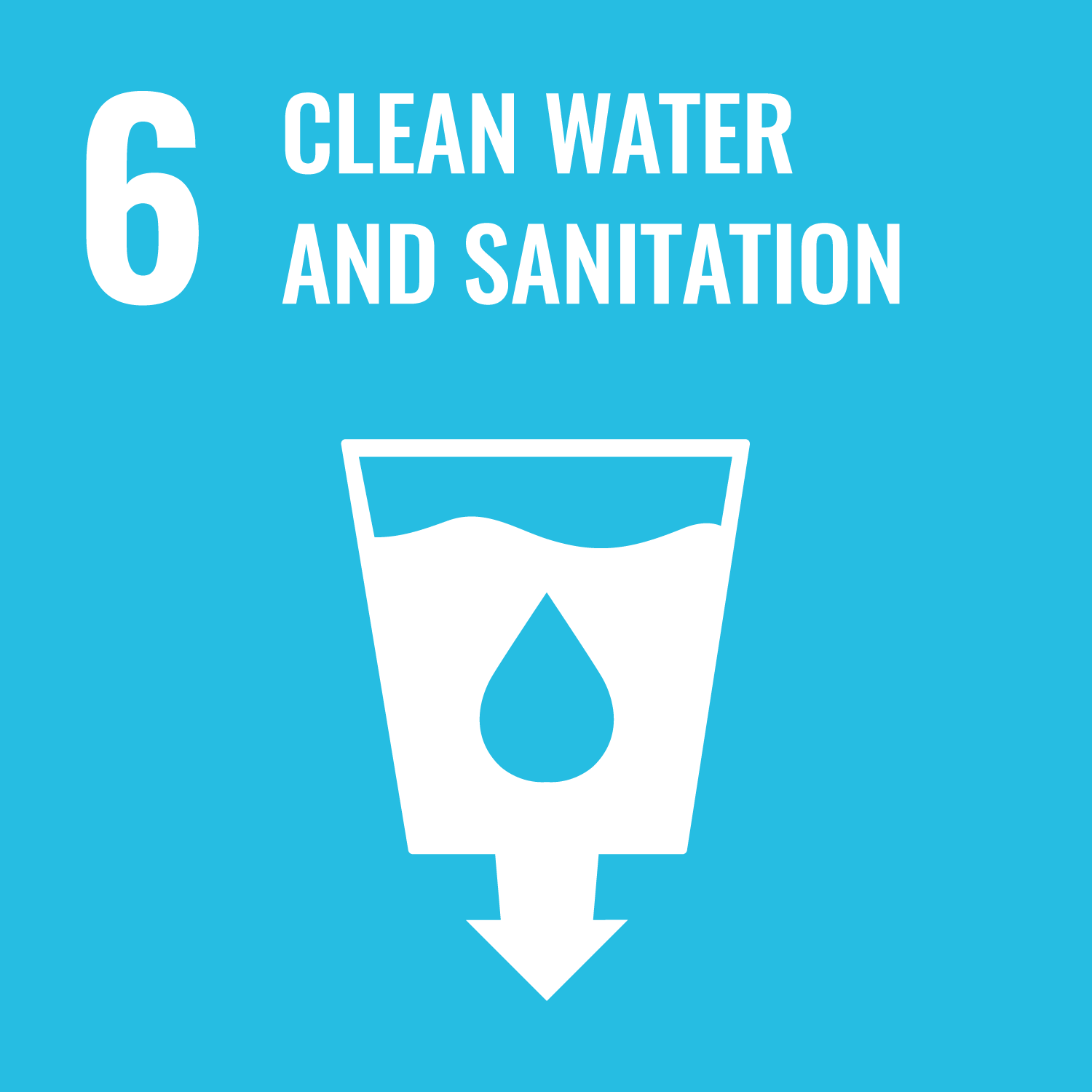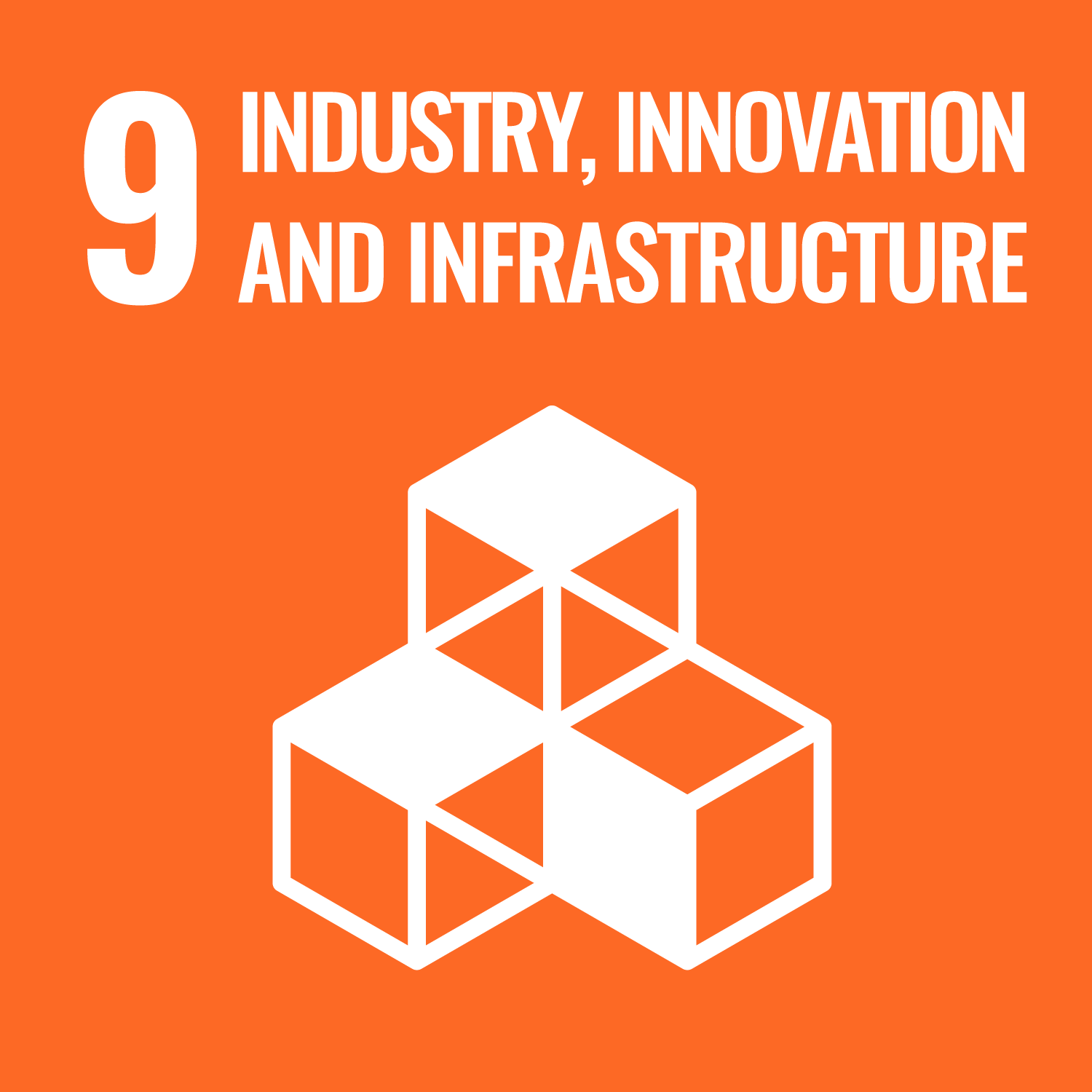Impact Driving industrial symbiosis and sustainable transformation.
Anferra’s solution connects the steel and chemical industries, creating a circular flow of materials and energy. Our technology reduces landfill, cuts CO₂ emissions, and contributes to more resilient supply chains.
Impact per ton of Sludge:
Transforming 1 ton of steel grinding sludge through Anferra’s process produces:
- 5 tons of iron (II) chloride, a valuable input for municipal and industrial water treatment.
- Approximately 30 kg of circular hydrogen, for fuel or energy use.
Our Impact in Numbers:
Up to 95%
iron recovery from grinding sludge
5 tons
of iron chloride produced per ton of sludge
H₂ generated
as a valuable by-product
Target 100%
recycling rate of the grinding sludge
Targeted SDGs: Anferra’s solution contributes positively across several Sustainable Development Goals (SDG):

Clean Water and Sanitation
By producing high-purity iron chloride from industrial waste, Anferra supports water treatment facilities in meeting stringent quality standards and reducing reliance on virgin material.
Affordable and Clean Energy
Anferra’s process generates hydrogen as a byproduct, which we capture and utilize as a local source of clean energy. This reduces dependence on fossil fuels and centralized electrolyzer-based systems.

Industry, Innovation, and Infrastructure
Anferra enable innovation in industrial recycling methods and support the transition to circular, energy-efficient infrastructure.

Responsible Consumption and Production
Anferra’s circular chemical process replaces disposal and incineration with material recovery and reuse.
Scaled Impact: Global Potential Assuming a 10% capture rate (1.2 million tons) of the global 12 Mt grinding sludge market:
Based on a life cycle assessment (LCA) by the Swedish Environmental Research Institute (IVL), Anferra’s process reduces greenhouse gas emissions by approximately -470 kg CO₂e per ton compared to incineration.
Recycling 1.2 Mt saves ~564,000 tons CO₂ annually.
At a typical 60 mg/L dose, 1 ton of ferric chloride treats ~16.7 million cubic meters of water.
Anferra’s 6 Mt production (from 1.2 Mt sludge) could therefore treat roughly 100 billion m³ of water per year, enough to supply ~40 million people (based on 2,500 L/person/day).
Recycling 1.2 Mt sludge produces ~30,000 tons H₂/year.
At 33 kWh lower heating value per kg, that equates to ~1 TWh/year.
The recovered energy is sufficient to operate Sweden’s national hydrogen-powered public transport system or meet around 10% of the EU’s industrial hydrogen needs in refining.
Life Cycle Assessment of Our Process:
Read the full study here: LCA of recovered ferric chloride from grinding swarf (IVL Report C10099)